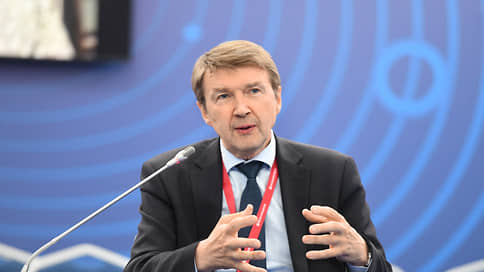President of NP Russoft Valentin Makarov on the export of Russian IT solutions
[ad_1]

After the start of the SVO, Russian IT companies lost many countries to export solutions. But new friendly countries have opened up that are interested in Russian products. To enter these markets and work sustainably, developers need government support, which is currently being provided, but not to a sufficient extent for companies to compete for leadership. The additional support will help gradually overcome the difficulties that export-oriented software developers faced in 2022-2023 when trying to enter friendly markets.
Among the current difficulties, one can note the lack of government grant support, which companies could use, for example, for long-term promotion projects in friendly countries and creating a system for training local personnel. Such a step will contribute to increasing recognition of Russian brands abroad and expanding the competencies necessary to work in export markets.
There are tools that are professionally capable of providing such support – VEB.RF and the Russian Fund for the Development of Information Technologies (RFIT), but their current agenda does not yet allow the use of these tools for grant support for IT exports. This leads to the fact that the state, trying to reduce the risks of misuse of support funds, plans to concentrate support measures exclusively on large exporters, but this approach does not work for IT.
The key problem remains that the supply of software and IT services abroad is not among the government priorities, thanks to which exporters can count on financial assistance – lending, insurance, guarantees. This may be especially important for supplies to friendly countries.
Many foreign consumers often ask for a solution with a full range of functions, that is, “turnkey”, but often do not have free finances due to their economic situation to purchase such expensive systems. With the help of preferential lending, grants or insurance, the cost of the service package can be reduced, which would give Russia an advantage in the new market.
Now there are already several tools to support the export of IT solutions, but they relate to a small number of exhibitions and information support from trade missions of the Russian Federation in friendly countries. This is not enough to develop exports, especially in comparison with support from competing countries.
Russia risks being left behind in the emerging new technological order, which could seriously hit our overall export potential. And world practice shows that for such work with IT exporters, industry associations that are directly immersed in global competition are important.
In the next five years, all software developers will actively compete for the BRICS+ markets (Brazil, India, China, etc.). Meanwhile, we are seeing a reduction in the export of Russian IT solutions to unfriendly countries in 2022 by 20%, and by the end of 2023 there will be another 5–10%. Yes, there is a noticeable increase in sales in the CIS countries and other friendly regions, but the pace is much lower than it could be with government support. Without additional help, domestic companies may lose promising markets, as their place will be taken by foreign IT companies that are more “flexible” in terms of prices and conditions.
[ad_2]
Source link





